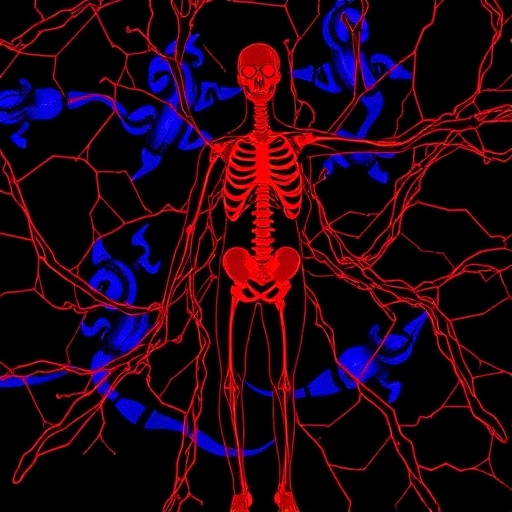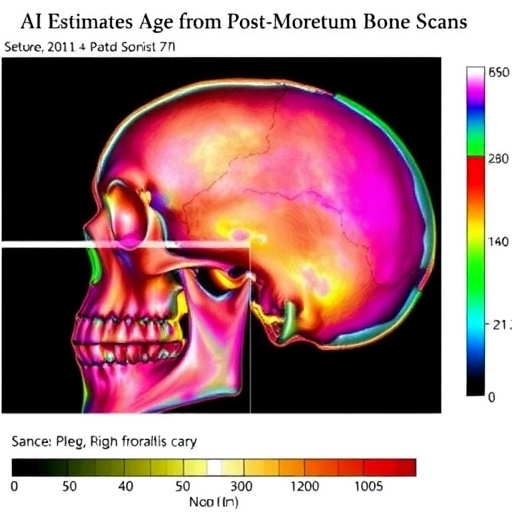
In the landscape of healthcare delivery, the quest for innovation and efficiency is never-ending. As we advance towards an era where patient needs and technological capabilities are rapidly evolving, the rationale behind hospital management must undergo a paradigm shift. This article explores a pioneering approach encapsulated in the seminal work of Kumar, Lam, Chan, and their colleagues, who advocate for a systems thinking methodology in strategizing the future hospital. Their research, published in 2025, sheds light on the necessity of viewing hospitals not merely as facilities but as complex systems that demand a holistic understanding to thrive in the dynamic healthcare ecosystem.
The healthcare industry is fraught with challenges; amongst them are rising operational costs, increasing patient expectations, and the relentless pace of technological advancement. Administrators are often bogged down by fragmented decision-making processes that fail to embrace the interconnectedness of clinical operations. Kumar and his team argue that adopting a systems thinking approach could indeed solve many of these issues. By treating all variables as interrelated components of a larger system, hospitals can not only enhance efficiency but also improve patient outcomes substantially.
Systems thinking compels stakeholders to analyze hospitals from a broader perspective, considering factors such as patient flow, resource allocation, and staff engagement in a synchronized manner. Traditional methodologies often isolate problems and lead to solutions that might work in the short term but fail to address deeper-rooted systemic issues. Kumar’s research suggests a framework that encompasses organizational culture, technology integration, and patient-centered care as crucial elements in crafting strategies for future hospitals. This holistic view enables healthcare leaders to implement changes that resonate throughout the entire organization rather than just addressing surface-level symptoms.
One of the critical components of this approach is the role of data analytics in decision-making. With the power of big data, hospitals can gather insights into patient behavior, treatment efficacy, and operational efficiency. The integration of advanced analytics into strategic planning processes allows hospital administrations to identify patterns and trends that were previously obscured. For instance, by analyzing the patient journey from admission to discharge, healthcare providers can pinpoint bottlenecks in workflows and areas for improvement, ultimately resulting in a smoother experience for patients and staff alike.
Moreover, Kumar and his team’s research discusses the importance of fostering an adaptive organizational culture in hospitals. As healthcare delivery models evolve, the need for flexibility and resilience becomes paramount. This means empowering staff to embrace change and innovate actively rather than merely adhering to existing protocols. A systems thinking perspective enables leaders to cultivate an environment where collaboration thrives, leading to innovative solutions and effective communication among teams. This cultural shift can significantly enhance job satisfaction, decrease turnover rates, and improve overall institutional performance.
Another vital consideration within this framework is the integration of technology. The advent of telemedicine, artificial intelligence, and predictive analytics has transformed how care is delivered. However, it is not enough for hospitals to simply adopt these technologies; they must strategically align them within the existing healthcare framework. The researchers emphasize that technology should not drive change but rather serve as a catalyst for improving overall system functionality. By strategically embedding technology into the healthcare system, hospitals can offer tailored solutions that meet the specific needs of their patient populations while enhancing operational workflows.
To be successful, performing a shift towards a systems-thinking model requires collaboration across multiple stakeholders. From government entities and healthcare providers to patients and technology firms, a multi-faceted approach is crucial. For Kumar and his team, stakeholder engagement emerges as a fundamental aspect of creating sustainable solutions. They advocate for partnerships that leverage diverse expertise and perspectives to develop innovative strategies. This collaborative effort can produce robust frameworks that not only address the issue at hand but also anticipate future challenges in the healthcare sector.
As the landscape of healthcare continues to evolve rapidly, the implications of the work presented by Kumar et al. are profound. The need to develop future-ready hospitals is more pressing than ever. The systems thinking approach they advocate for fosters a proactive stance towards upcoming challenges in healthcare delivery, emphasizing not only reactive solutions but also preventive measures that promote long-term sustainability.
Within this framework, community health and patient engagement play crucial roles. Engagement strategies that prioritize patient input, feedback, and satisfaction can align hospital services more closely with community needs. Furthermore, engaging patients as active participants in their healthcare journey can improve adherence to treatment plans, leading to better outcomes. Hospitals must recognize the patient as an integral part of the system rather than just another statistic or number.
On the global stage, the implications of strategic healthcare systems modeling echo beyond individual hospitals. They resonate with international health systems striving to balance cost, quality, and access. Countries grappling with resource constraints can glean insights from Kumar’s comprehensive research, adapting the systems thinking approach to fit their unique healthcare environments. With global health challenges like pandemics and aging populations, the effectiveness of healthcare delivery systems could define future health outcomes, necessitating urgent reforms.
In conclusion, Kumar, Lam, Chan, and their colleagues present a compelling case for hospitals to rethink their operational strategies through the lens of systems thinking. Their innovative vision marries patient-centered care with technological integration and adaptive cultural practices. As healthcare organizations wrestle with myriad challenges, embracing a systems-oriented approach could be their stepping stone to becoming future-ready institutions that not only meet but exceed the expectations of the communities they serve.
This transformative methodology serves as a roadmap for health administrators, offering tangible strategies to navigate the complexities of modern healthcare. Ultimately, by focusing on interconnectedness and collaboration, hospitals can evolve into vital components of a resilient health ecosystem, adept at facing both present and future challenges with confidence and efficacy.
Subject of Research: Systems Thinking in Hospital Management
Article Title: Strategizing towards the future hospital: a systems thinking approach.
Article References:
Kumar, A., Lam, S.S.W., Chan, S.L. et al. Strategizing towards the future hospital: a systems thinking approach.
Health Res Policy Sys 23, 71 (2025). https://doi.org/10.1186/s12961-025-01333-9
Image Credits: AI Generated
DOI: 10.1186/s12961-025-01333-9
Keywords: Systems Thinking, Healthcare Management, Hospital Strategy, Patient-Centered Care, Technology Integration, Healthcare Innovation, Stakeholder Engagement.
Tags: challenges in hospital managementfuture hospital managementhealthcare delivery innovationholistic healthcare strategiesimproving patient outcomesinterconnectedness in healthcareoperational efficiency in hospitalsparadigm shift in healthcare logisticspatient expectations in hospitalssystems thinking in healthcaretechnological advancement in healthcare




